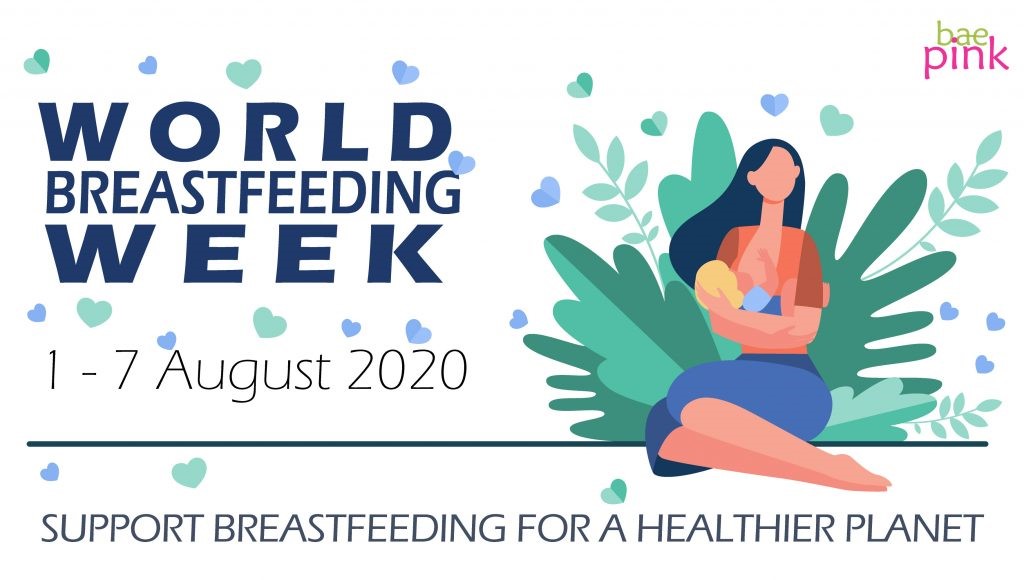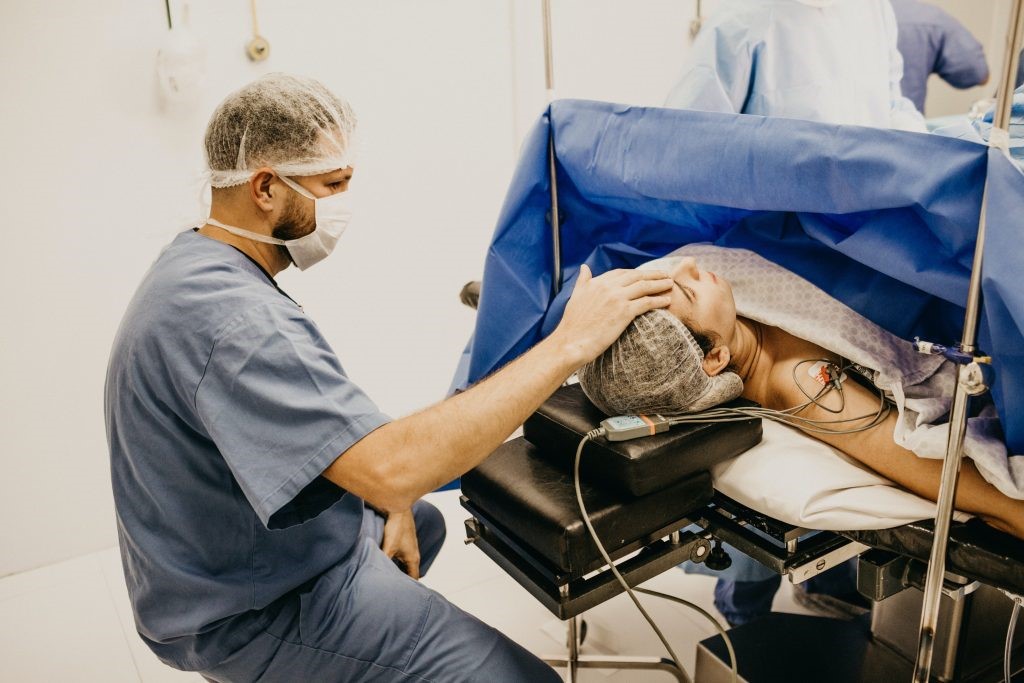
Milk is a source of lactose, lipids, and proteins, as well as vitamins, mineral substances, oligosaccharides, intrinsic immune factors, immune globulins, hormones, enzymes, and neonatal growing factors.
As per WHO, globally 2 out of 5 newborns start breastfeeding within the first hour after birth. Colostrum is a key element of the milk secreted during the initial days after delivery. It is essential for newborn care, as it gives newborns the best chance to defend against infections, survive, grow, and develop to their full potential.
Colostrum (known as first milk) is the first form of milk produced by the mammary glands of mammals (including humans) immediately following the delivery of the newborn.
Early (timely) initiation of breastfeeding, exclusive breastfeeding for the first 6 months, and continued breastfeeding up to the age of 2 years and beyond, along with proper complementary feeding, as optimal breastfeeding practices.
The World Health Organization (WHO) and United Nations Children’s Fund (UNICEF) recommendation
The milk secreted from the mother’s breast after delivery can be classified into 3 parts, according to the time of secretion after delivery:
- Colostrum (days 2–5 after delivery),
- Transitional milk (days 8–12 after delivery) and
- Mature milk (days 26–30 after delivery)
But what if the newborns are unable to breastfeed due to the mother’s health or their own health? What about the preterm babies? What to do when the mother cannot secrete milk?
Early newborns
Studies show that colostrum from mothers of preterm infants contains high concentrations of immune factors. Early exposure to colostrum, however, is limited not only due to maternal reasons but because preterm infants often have delayed feedings and small quantities of milk may be difficult to administer with intragastric tube feedings.

Understanding preterm:
- Extremely preterm means delivery before <28 weeks of pregnancy,
- Very preterm means delivery during 28–<32 weeks of pregnancy,
- Moderately preterm means delivery during 32–<37 weeks of pregnancy and
- Term infants mean delivery during 37–41 weeks of pregnancy
Preterm babies who cannot consume mother’s milk when fed with oral colostrum showed a positive response in a study. The trend toward decreased microbial diversity in the trachea with increased time to first oral colostrum suggests that early oral colostrum may contribute to the development of a more robust and protective microbiome.
‘Designer’ milk
Colostrum, a nutrient-rich fluid produced by female mammals (humans, cows, buffalo, etc) immediately after giving birth. Colostrum is loaded with immune, growth, and tissue repair factors, which is critical for newborn immunity. It contains significant quantities of complement components that act as natural anti-microbial agents to actively stimulate the maturation of an infant’s immune system.
It has been reported that constituents from bovine colostrum are 100-fold to 1000-fold more potent than human colostrum.
Bovine colostrum, a raw material for immune milk preparations, can be used to treat or prevent infections of the gastrointestinal tract. Besides providing immune support, colostrum has remarkable muscular-skeletal repair and growth capabilities.
Studies have shown that colostrum is the only natural source of two major growth factors. These growth factors have significant muscle and cartilage repair characteristics. They promote wound healing with practical implications for trauma and surgical patients.
As opposed to milk, bovine colostrum has less lactose content and so it may be suitable for patients suffering from lactose intolerance.
Bovine colostrum supplementation benefits in adults
Some studies show that oral supplementation with colostrum has no significant effect on selected immunological outcomes including lymphocytes, neutrophils, serum IgG, serum IgA, and saliva SIgA in athletes and physically active people.
On the other side, there are studies that show colostrum provides immunological defense against microbes on mucous membranes in athletes during training. A study showed that colostrum in combination with exercise training for 8 wk may increase bone-free lean body mass in active men and women.
Several recent studies report colostrum’s role in the reversal of this chronic problem stemming from opportunistic infections like Candida albicans, Cryptosporidia, rotavirus, herpes simplex, pathogenic strains of E. Coli, and intestinal flu infections as well as beneficial in wound healing, weight loss, and autoimmune diseases (MS, rheumatoid arthritis, lupus, and myasthenia gravis).























